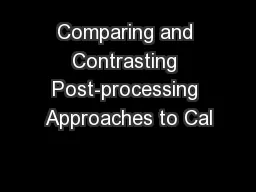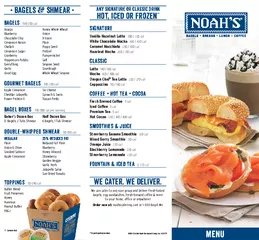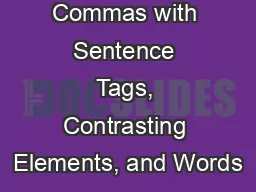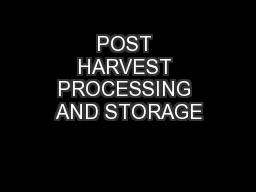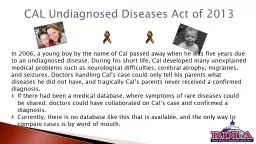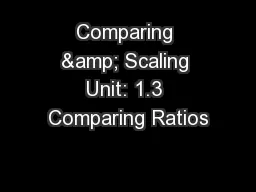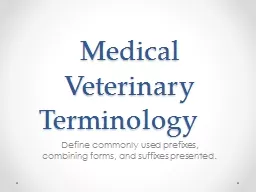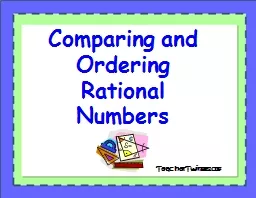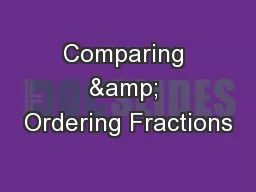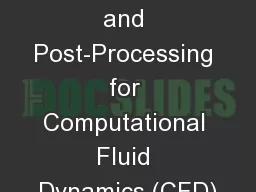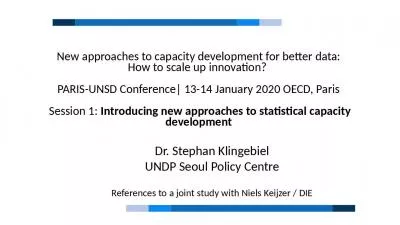PPT-Comparing and Contrasting Post-processing Approaches to Cal
Author : kittie-lecroy | Published Date : 2017-09-27
Tom Hopson Luca Delle Monache Yubao Liu Gregory Roux Wanli Wu Will Cheng Jason Knievel Sue Haupt Army Test and Evaluation Command Dugway Proving Ground Dugway
Presentation Embed Code
Download Presentation
Download Presentation The PPT/PDF document "Comparing and Contrasting Post-processin..." is the property of its rightful owner. Permission is granted to download and print the materials on this website for personal, non-commercial use only, and to display it on your personal computer provided you do not modify the materials and that you retain all copyright notices contained in the materials. By downloading content from our website, you accept the terms of this agreement.
Comparing and Contrasting Post-processing Approaches to Cal: Transcript
Download Rules Of Document
"Comparing and Contrasting Post-processing Approaches to Cal"The content belongs to its owner. You may download and print it for personal use, without modification, and keep all copyright notices. By downloading, you agree to these terms.
Related Documents

